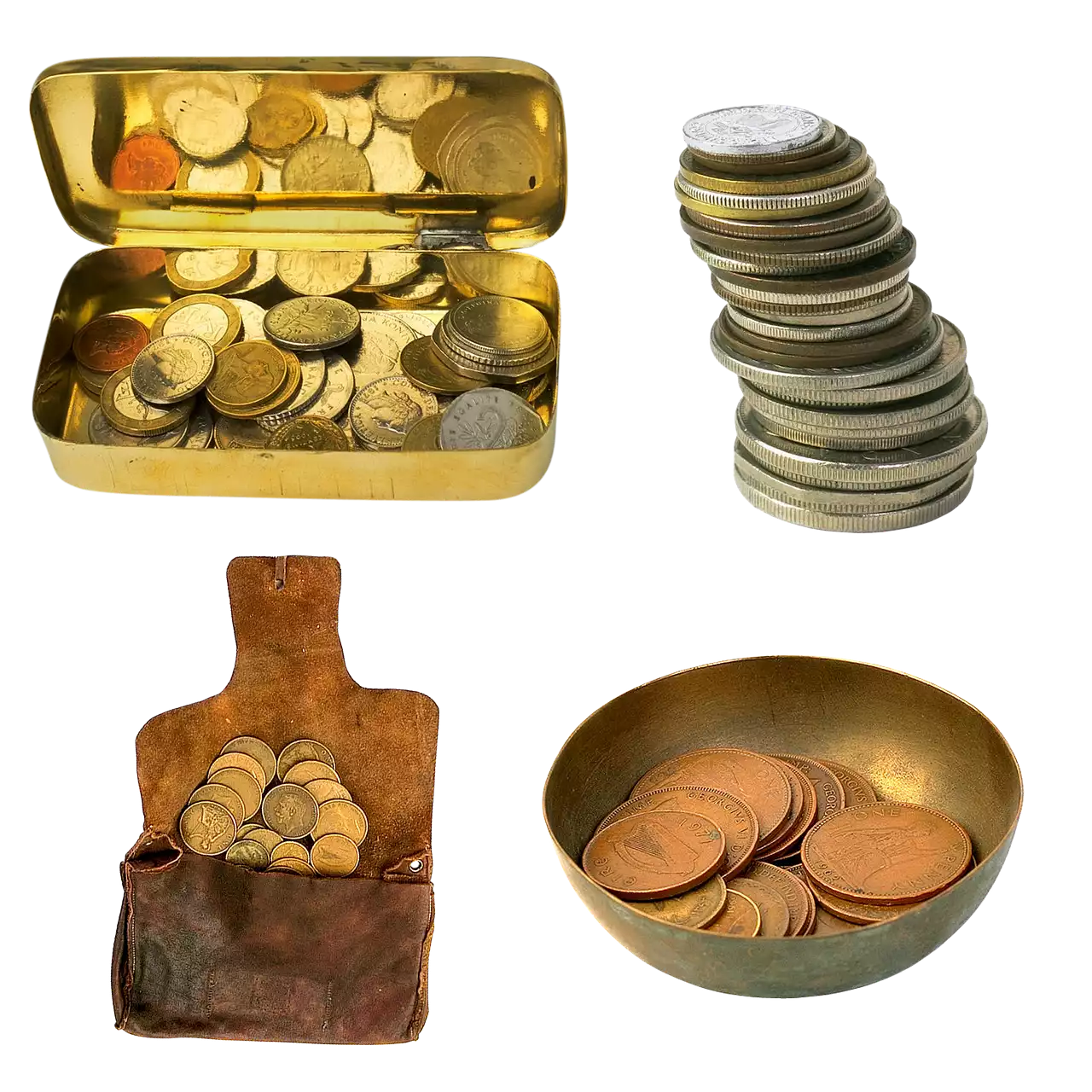Why is the NASDAQ the biggest index?
As we mentioned above, the NASDAQ is the most important and influential index. It is the biggest index due to its size, as it is composed of the most valuable stocks in the world. The companies listed on the NASDAQ are typically the highest-valued firms in their respective sectors, and they account for a large portion of the total global equity value. This level of influence and importance is what makes the NASDAQ such a powerful and important index. The NASDAQ is also the biggest index because it has the highest number of stocks. The S&P 500 index, the second-biggest index in the United States, only has 500 stocks, about half the number of the NASDAQ. The composition and size of the NASDAQ make it the best index to follow and invest in, as it will typically have the most impact on the global economy and provide the best return.
Overview of the stocks traded on the NASDAQ
Some of the biggest companies in the world are traded on the NASDAQ. These firms are often the first to benefit from market movements and are responsible for creating the biggest changes in the global economy. Some of the most notable companies on the NASDAQ include Apple, Amazon, Google, Microsoft, and Berkshire Hathaway. These stocks are also some of the most widely held investments in the world, so their performance has a large impact on the financial well-being of millions of people around the globe. In addition to these tech giants, the NASDAQ also features some of the biggest financial institutions in the world, including Goldman Sachs, Bank of America, and JPMorgan Chase. These stocks have strong ties to the global economy, making them vital for anyone looking to make sound investments that can weather the ups and downs of the market.
Impact of the NASDAQ on the global economy
The influence of the NASDAQ goes beyond its size and composition, as its performance has a large impact on the global economy. The NASDAQ is often the first index to react to new developments, which makes it especially important for investors to monitor. Its reaction to new events can often predict how other indexes and sectors will perform, making the NASDAQ an especially useful indicator. The most notable example of this is the dot-com bubble of 2000 when the NASDAQ’s extreme growth was an early warning sign of the overall stock market bubble. Although the NASDAQ was a relatively small portion of the total market, its rapid growth alerted investors to the bubble and indicated that trouble was coming. The NASDAQ’s reaction can have a large impact beyond indexes, as it can change the financial outlook for entire sectors. A slowdown in the technology sector can have a ripple effect on other parts of the economy and lead to widespread financial consequences.
Strategies for trading on the NASDAQ
There are many different strategies for trading on the NASDAQ. Since the NASDAQ is essentially the tech sector, many traders follow the performances of these stocks and sectors. Some investors specialize in a specific sector, such as information technology or biotechnology, and follow the stocks within that sector. Others may invest in a basket of stocks from different industries and sectors, such as those found in the S&P 500. The NASDAQ is also home to many financial institutions, which can be an ideal place to park funds that are waiting to be invested in other sectors. Traders who follow the overall performance of the NASDAQ might want to look at the most heavily traded stocks to get an idea of how the market is performing. The most important and influential stocks on the NASDAQ will usually experience the biggest changes, which can be a valuable indicator of how the market is trending.
Examples of successful NASDAQ investments
Having such a long-term investment outlook makes it difficult to find examples of successful NASDAQ investments. We can say, however, that the NASDAQ has performed extremely well over the past decade and has provided consistent returns. The technology sector is generally considered to be less risky than other sectors, such as the financial sector, and it has performed well during periods of economic distress. The NASDAQ has also enjoyed a relatively low level of volatility compared to other indexes. While it does not have the same short-term returns as the S&P 500, it has provided a steadier level of performance that has made it a more reliable long-term investment. It is important to remember that all investments have the potential to fail, even those that are in the most important index. By following the trends of the NASDAQ and the trend of the overall market, investors can increase their chances of success and set themselves up for long-term financial security.











